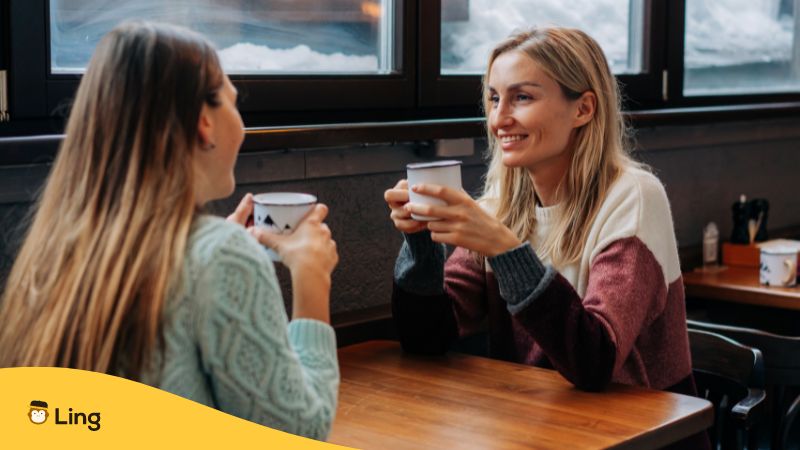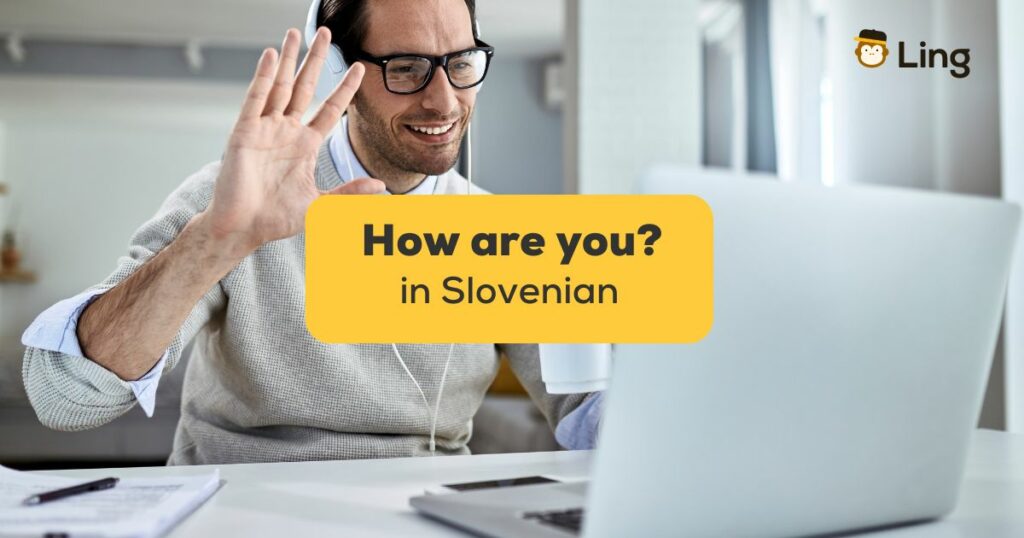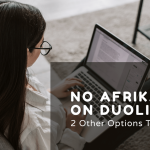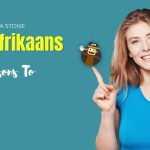For anyone learning Slovenian, it’s important to know how to ask “How are you?” politely. This will be your ultimate ice-breaker and make starting your chats with Slovenians easier!
Just like in English, people in Slovenia might use different phrases to check in on each other. Knowing which one to use shows respect and keeps conversations friendly. In this blog post, we’ll be going through ways to say ‘How are you’ in Slovenian that native speakers use to greet each other and show concern for one another. So, let’s get started with learning Slovenian phrases!
Table Of Contents
Different Ways To Say How Are You In Slovenian
Let’s go through different ways to say How are you in Slovenian, depending on the context of the situation:
How Are You – Kako Si
This phrase is your go-to for when you’re chatting with people your age or people who you’re close with, such as family, friends and classmates. It’s the most common and easy way to say “How are you?”
How Are You All – Kako Ste
You might also hear the phrase Kako ste often, but it can be used in two different situations. First, you can use it when you’re talking to a group of people, kind of like saying “how are you all?” or “how are you guys?” It’s important to note that when you’re addressing two people, you use Kako sta, no matter the gender.
The second way of using it would be when you’re talking to someone in a formal way and you want to be polite. You can use it when speaking to elders, authority figures, or in a professional setting such as work, for example. It shows you’re being respectful and acknowledges a level of social distance between you and the person you’re talking to in a polite way!

How Are You Doing – Kako Se Imaš/ Kako Se Imate?
This phrase is like asking, “How are you doing?” You can use it, for example, when you’re catching up with a close friend over coffee. It can also be used when your friend is on vacation or travelling and you want to know how they’re feeling on their travels.
The same rules apply to kako se imate as they do for kako ste.
How Is It Going – Kako Kaj
This is a standard Slovenian expression for asking, “How are you?” It’s a colloquial and casual phrase that’s commonly used in everyday conversations among friends and acquaintances. It’s like a warm and friendly Slovenian greeting, similar to the English phrase ”How’s it going?”
What’s Up – Kaj Dogaja
Similar to asking ”What’s up?” this is a friendly way to start a chat with someone in Slovenian. It’s casual and used with friends and acquaintances.
How To Respond In Slovenian
Now let’s take a look at how people may respond to you when you ask them these questions. Their answers will vary based on how they’re feeling and what’s going on with them. Some might keep it short, while others might share a lot.
Great – Odlično
You’ll hear this response when someone is feeling excellent and is having a wonderful day after receiving good news, for example.
Good – Dobro
A person will say this when they’re feeling generally good or okay. It’s a neutral response, neither great nor bad. It’s used in a casual setting when nothing notable is happening.

Fine – V Redu
This means someone is feeling okay, and is also a standard, casual response.
Bad – Slabo
Not a common response, as people usually don’t want to burden you with their problems. However, if your friend is feeling unwell or having a tough time, they might use this to let you know everything is not okay.
Tired – Utrujeno
When someone’s having a long day at work or just did a long hike, they will use this phrase as a response.
Sick – Bolan/a Sem
A phrase used when you ask someone How are you? and they are feeling sick or under the weather.
I’m Better, Thanks – Bolje, Hvala
And when someone’s getting over being sick, they will use this phrase to let you know they’re feeling better and also be thankful for your concern for their wellbeing.

Slovenian Conversation Examples
You’ll be surprised how well Slovenians speak English if you visit the country, but they will be super impressed if you try to have even a simple conversation with them! Plus, it’s an easy-peasy way to learn Slovenian fast! Here are some examples of how these conversations may go:
Basic Casual Conversation #1
- Person A: Zdravo, Kako si? (Hi, How are you?)
- Person B: Dobro, pa ti? (Good, and you?)
- Person A: Jaz tudi, hvala! (Me too, thanks!)
Basic Casual Conversation #2
- Person A: Živjo, kaj dogaja? (Hey, what’s up?)
- Person B: Nič posebnega. Pa pri tebi? (Not much, you?)
- Person A: Vse je v redu. (It’s all good.)
Formal Conversation
- Person A: Kako ste kaj danes? (How’s it going today?)
- Person B: Počutim se odlično, pa vi? (I’m feeling great, and you?)
- Person A: Tudi jaz, hvala. (Me too, thanks.)
Take Your Learning A Step Further With Ling
Now you know how to ask someone how they’re feeling and pull off a simple conversation in Slovenian. The average Slovenian speaks English great, but will be amazed at your Slovenian skills!
There are so many other words and phrases for you to learn, such as kako ti je time? (What’s your name?) or ne razumem (I don’t understand). If you check out our many other helpful Slovenian blog, you can greatly improve your vocabulary in this Slavic language.
And if you want to take your language learning a step further, then I suggest using the Ling app. With Ling, you’ll learn Slovenian through easy bite-size lessons that will perfectly fit your daily routine, whether during a coffee break or waiting for the bus. You’re in control, starting with basics and progressing at your own pace, all the while enjoying the challenges that come with learning a new language!
Ready to take the plunge? Expand your Slovenian language skills today by downloading the Ling app from the App Store or Play Store!



































































